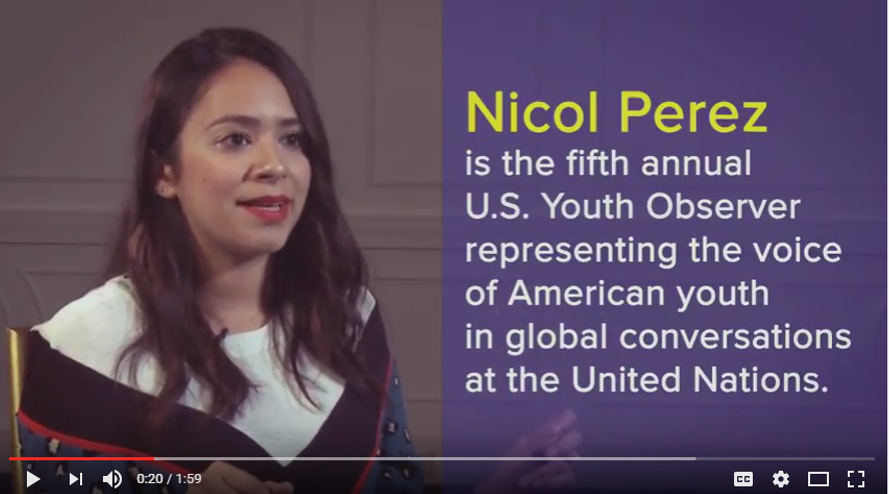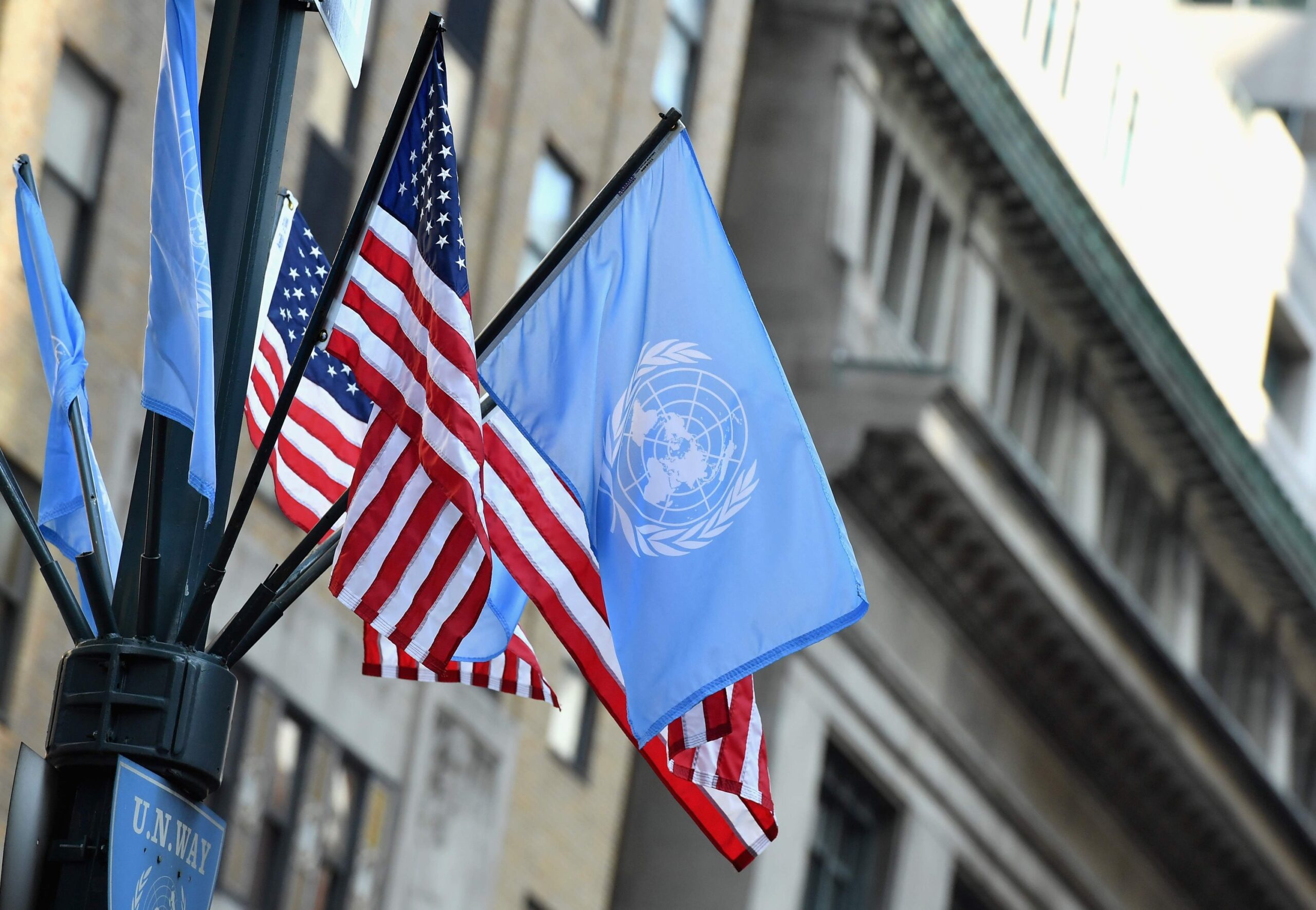My Quest to Learn How the U.S. and UN Are Working to #EndHunger
Did you know that there are about 795 million people in the world do not have enough food to lead a healthy life? That’s about one in nine people on earth! On the other hand, roughly one third of the food produced in the world for human consumption every year — approximately 1.3 billion tons — gets lost or wasted! Every year, consumers in rich countries like the US waste almost as much food (222 million tons) as the entire net food production of Sub-Saharan Africa (230 million tons).
These numbers are alarming and heartbreaking. As Youth Observer, I’m on a quest to better understand the life-saving work that happens at the United Nations and its partner organizations and the role that the United States plays in them. Through videos, pictures, and blogs, I will bring you along with me. A few days after Thanksgiving, I boarded a plane and headed to Rome, Italy, to visit the United States Mission to the UN Agencies in Rome. Rome is home to the three principal organizations dedicated to Food and Agriculture and is at the center of international efforts to promote sustainable development and combat world hunger. The United States is the largest financial supporter of the UN agencies, and the U.S. Mission in Rome represents the U.S. government at these organizations to help advance efforts in the areas of emergency food aid, food safety standards, agriculture, fisheries, forests, and financing for rural development.
I spent my first day in Rome touring the World Food Program (WFP), the largest humanitarian organization working to fight hunger worldwide. Jonathan Dumont, the head of television communications at WFP who documents the situation in countries requiring food assistance gave me a tour. When reporters are not able to travel to certain places due to security risks, the head of television brings awareness to challenges in the world’s hardest-to-reach places!
In emergencies, WFP gets food to where its needed – places plagued by war, civil conflicts, and natural disasters. Not only does WFP work to ameliorate emergency situations, but it also works to help restore communities and rebuild people’s lives so they can sustainably feed their families. I was especially interested in learning about WFP’s role in the current refugee crisis. Food insecurity among refugees is incredibly high, but WFP, which is 100% funded by voluntary contributions, is working to provide assistance in places like war-torn Syria and neighboring countries struggling to meet the demands of incoming refugees.
What is most shocking is just how unbelievably complex these operations are. Check out what WFP has done in Syria alone:
• About 2 million metric tons of food have been distributed since 2011
• 500,000 children will receive food meals
• 3,000 trucks are on the move every month
I learned that WFP is mainly a field organization with offices in the countries where it provides assistance. Around the world, WFP has front-line team members known as field monitors going door-to-door — including makeshift accommodation and even caves — to find vulnerable refugees to connect them with assistance. These field monitors see up-close the situation that many around the world find themselves in. At WFP Headquarters, I toured the “Operations Centre,” where maps and emergency dashboards allow WFP to plan emergency responses on a 24/7 basis. WFP uses geospatial mapping and disaster analysis automation to collect disaster related data on a global scale in order to reduce the time between when an emergency happens and the field level response.
Coming up with solutions on a tight budget requires creativity coupled with an extreme sense of urgency. During our tour, Jonathan recounted the time they used a crane to deliver food to refugees stuck in a hard-to-reach place on the Turkish border! He also told me the story of Apu Riang, a man who lost his crops and faced extreme hunger due to conflict, economic collapse, and drought in South Sudan. He and his family fled in search of food and a better life. It is people like Apu and his family whom the WFP helps. Check out their story here:
Visiting WFP was extremely eye-opening. It reinforced my commitment to continue to support the work of the United Nations and its partners here in Rome. It opened my eyes to the complexity of the situations these organizations are dealing with. The staff from the US mission to the UN agencies do an incredible job of making sure that US interests and values are carried out abroad and that the money we invest in helping people around the world, goes to the right places.
Young people play a key role at WFP. In fact, WFP hires Junior Professional Officers and interns that help drive its mission around the world. Check out those opportunities here!




